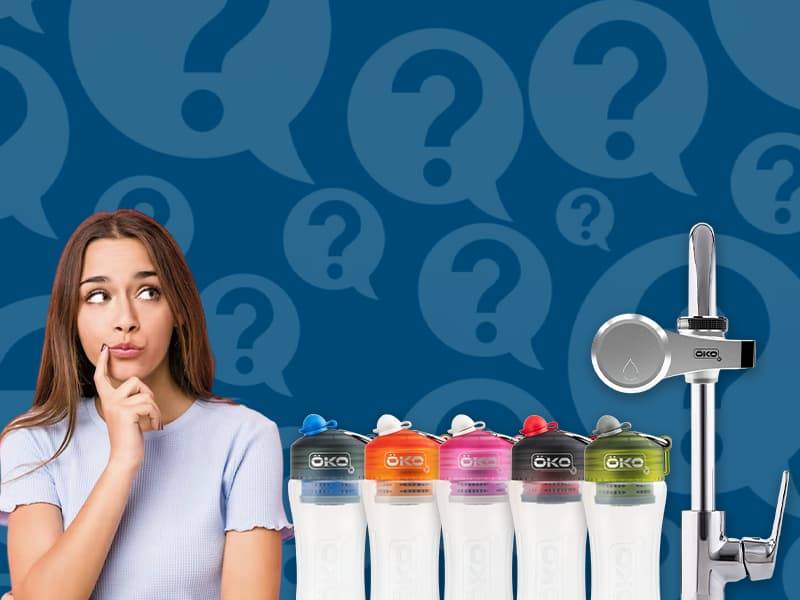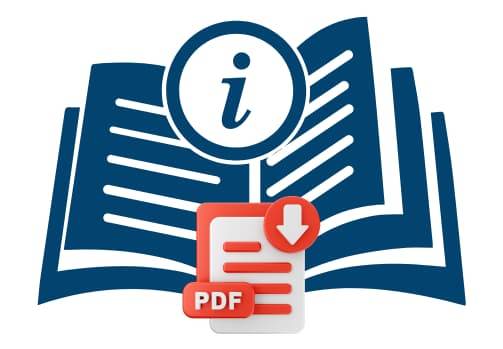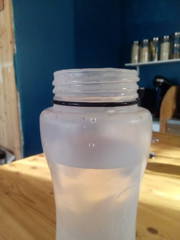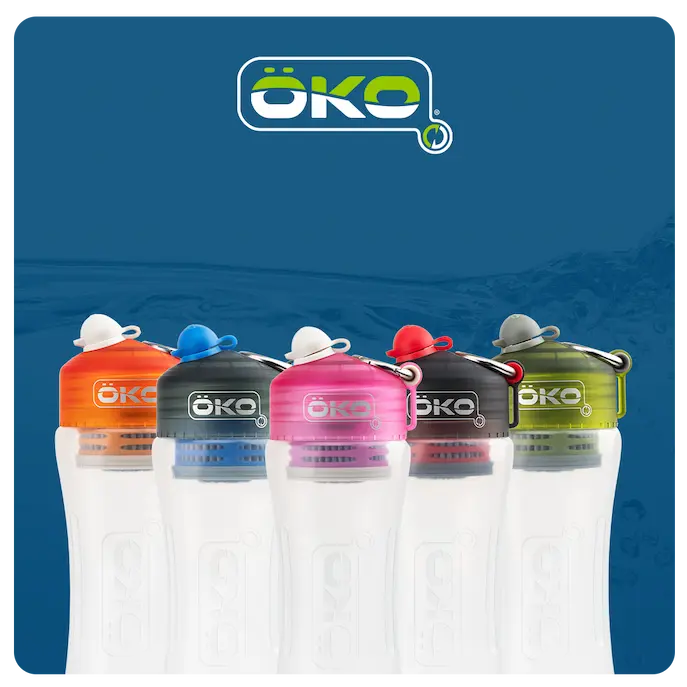It all depends on filtered water.
378 L: Urban water, i.e., the water from our taps, where the majority of pollutants harmful to our bodies are potentially concentrated (chlorine, pesticides and metabolites, PFAS (forever chemicals), heavy metals, drug residues, fluoride, and sometimes E. coli bacteria (when filtration plants malfunction).
The majority of our users filter at home and on the go (office, school, sports, airport, gas station, etc.).
at friends' houses, etc., etc.).
100 L to 378 L: Rural water, i.e., water from rivers, lakes, and streams that is transparent to the naked eye.
Transparent does not mean that it is not loaded with things invisible to the naked eye.
The naked eye can see objects measuring 80–100 microns (1 micron = 1/1000 of a millimeter). Bacteria measure between 1 and 2 microns on average.
Microplastics between 2 and 10 microns, for example.
Everything will ALWAYS depend on the water you will be filtering.
If it is clogged (with particles you cannot see), the pores will become blocked more quickly.
It's mechanical, and you'll feel it in the pressure exerted, which will be harder in these cases.
The strength of the filter is its ability to filter out pollutants that are invisible to the naked eye.
That's why it's also popular with hikers, trekkers, and travelers around the world.
10 L to 200 L: Stagnant water (muddy puddles, sludge, etc.).
Once again, it all depends on what is in the water that could clog the pores more quickly.
If you have a choice: filter the clearest and most common water possible (tap or spring water).
If you have no choice, pre-filter to remove the largest particles.
MORAL: there are trillions of types of "filterable" water, and it all depends on the composition of the water you will be filtering.
Be responsible and careful in all circumstances.
 Contact us
Contact us
 FREE shipping* on orders over €75
FREE shipping* on orders over €75
 Delivery within 2 to 5 days
Delivery within 2 to 5 days
 Secure payment
Secure payment
 Official distributor
Official distributor






